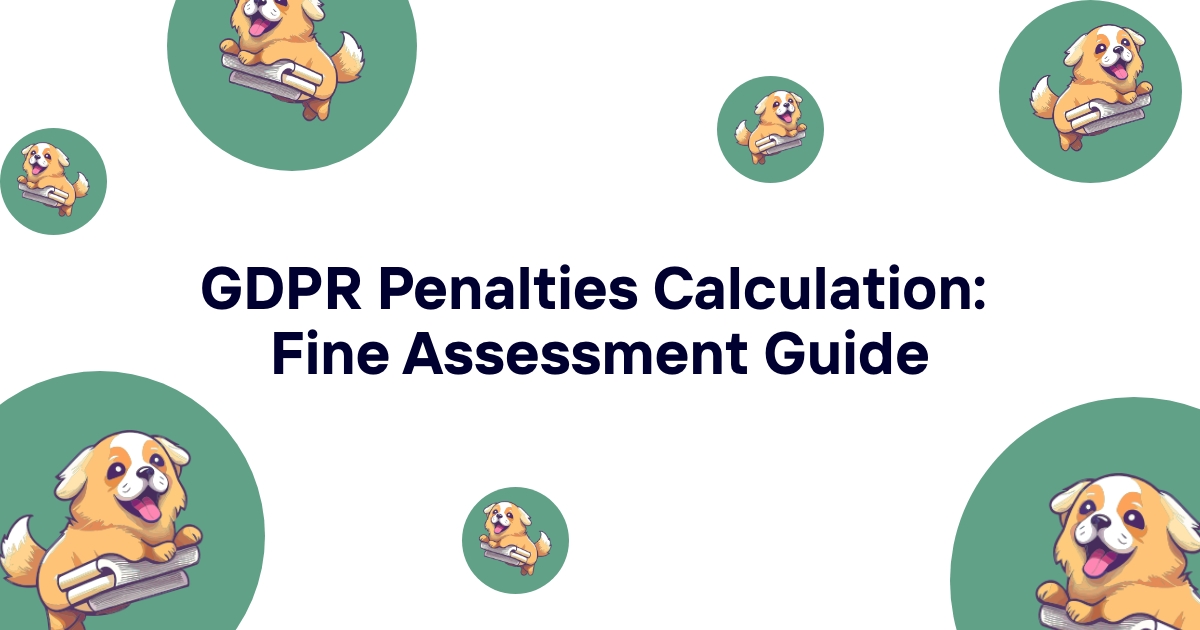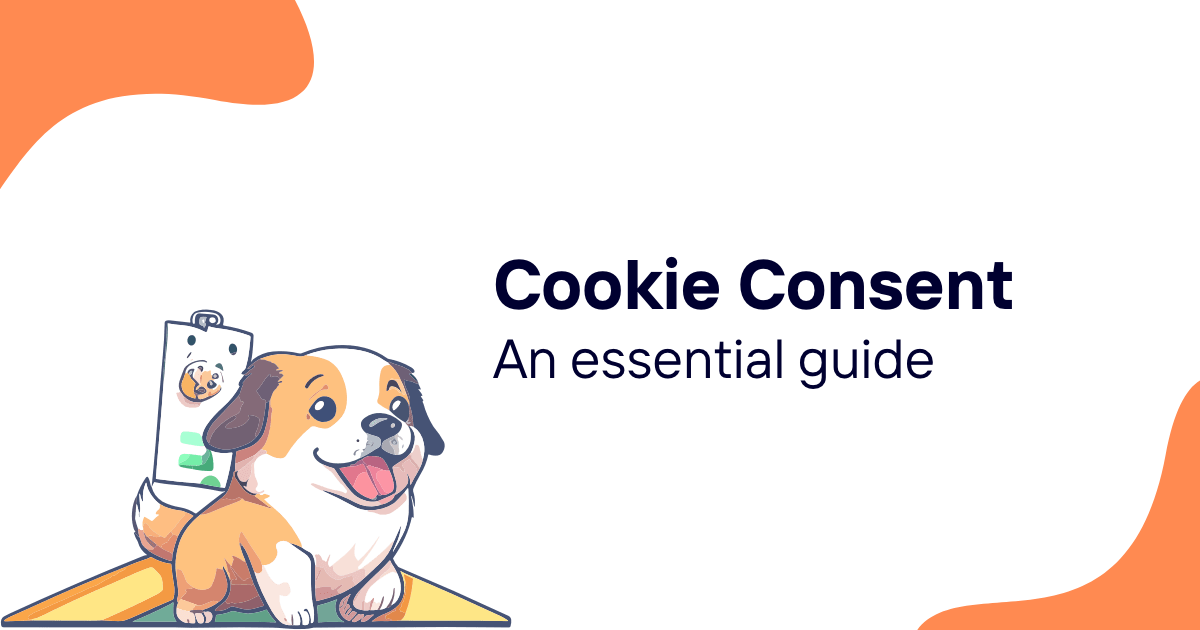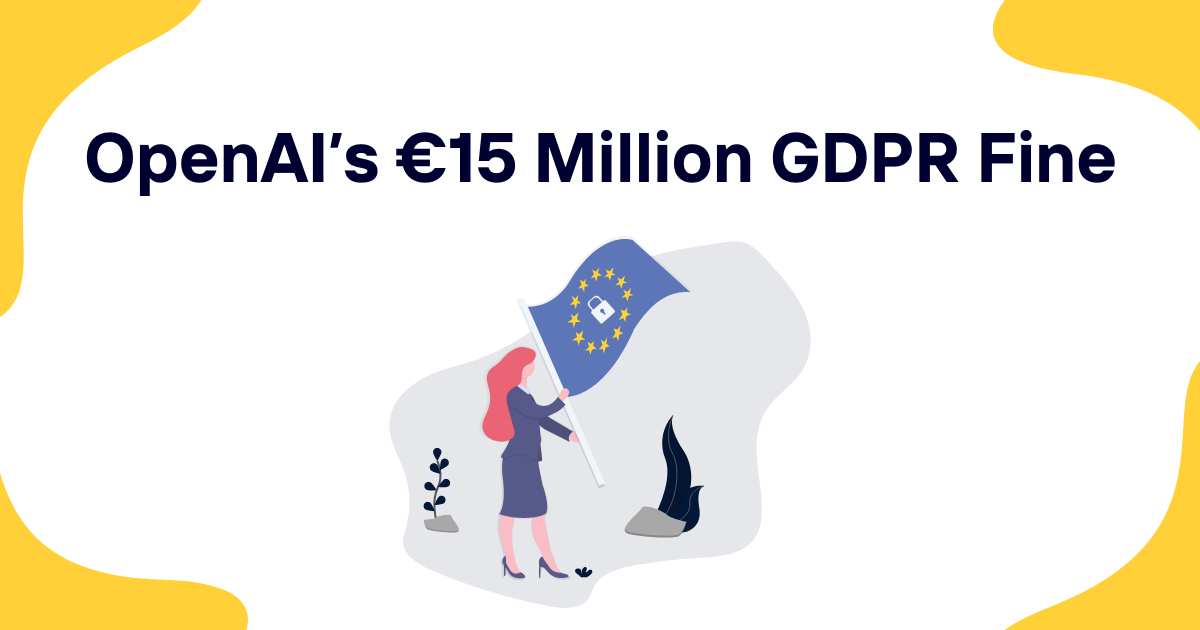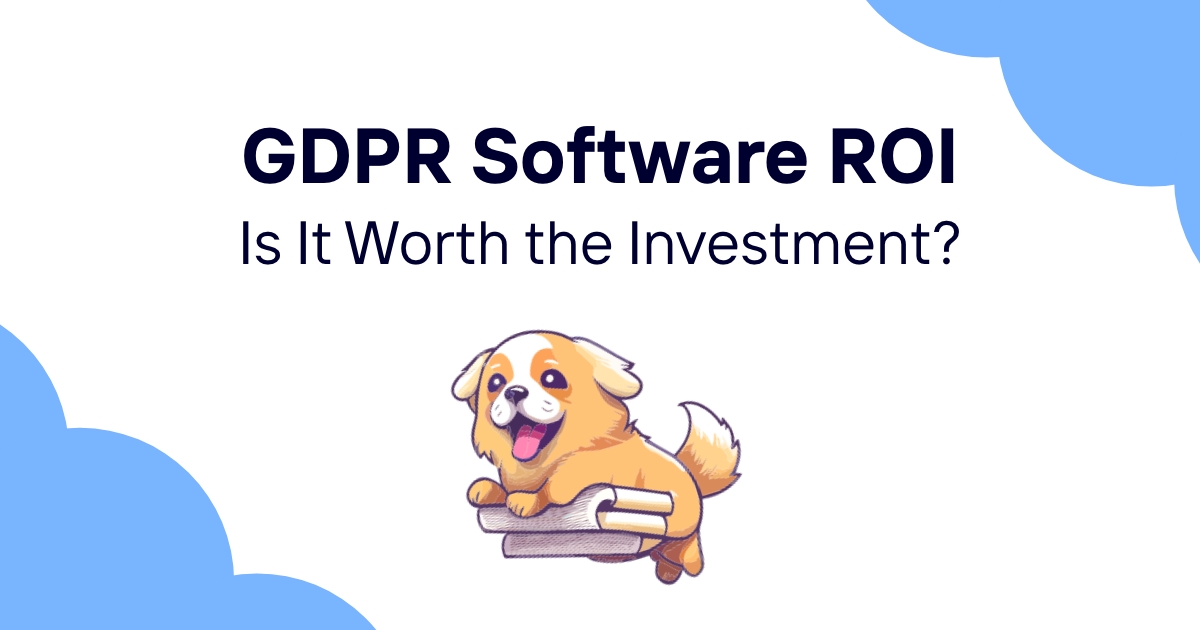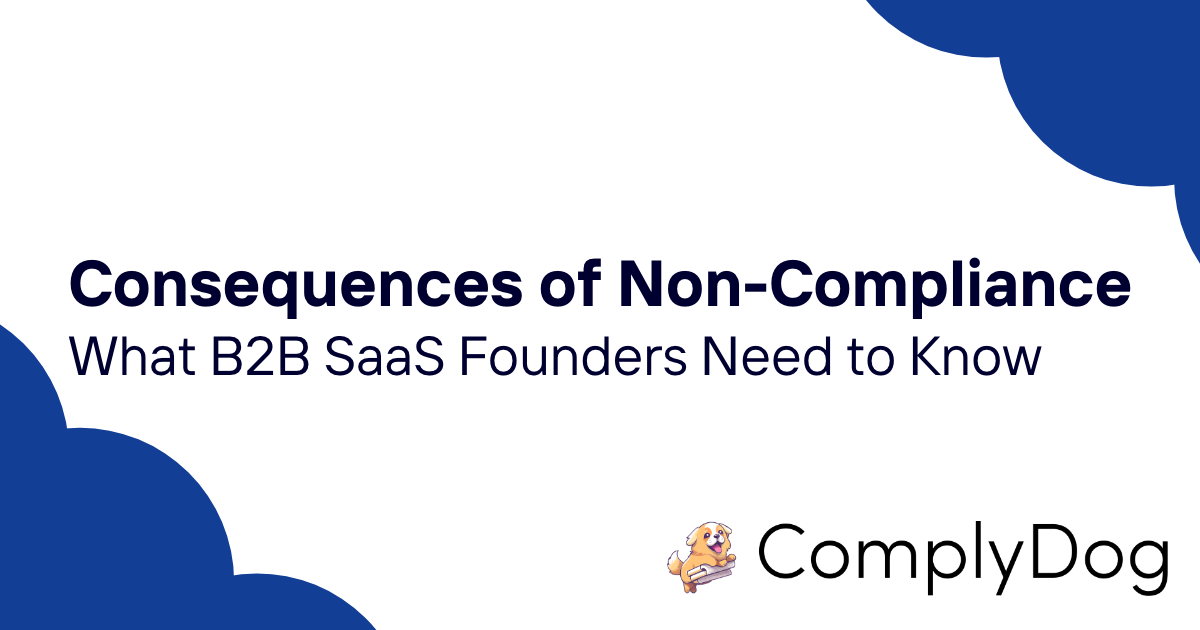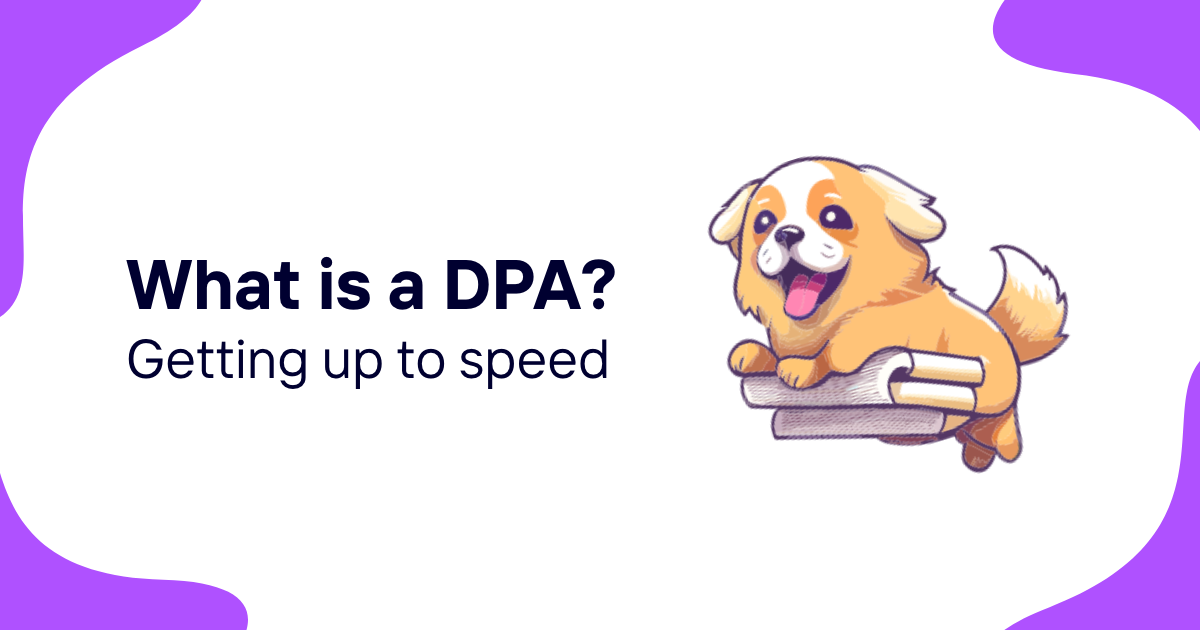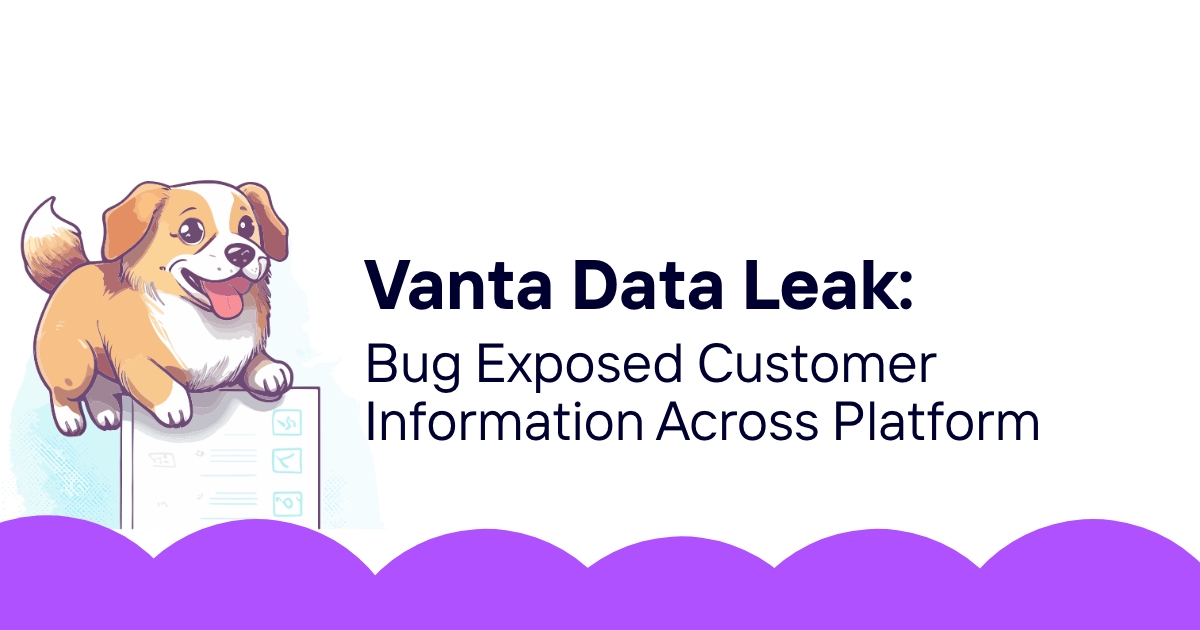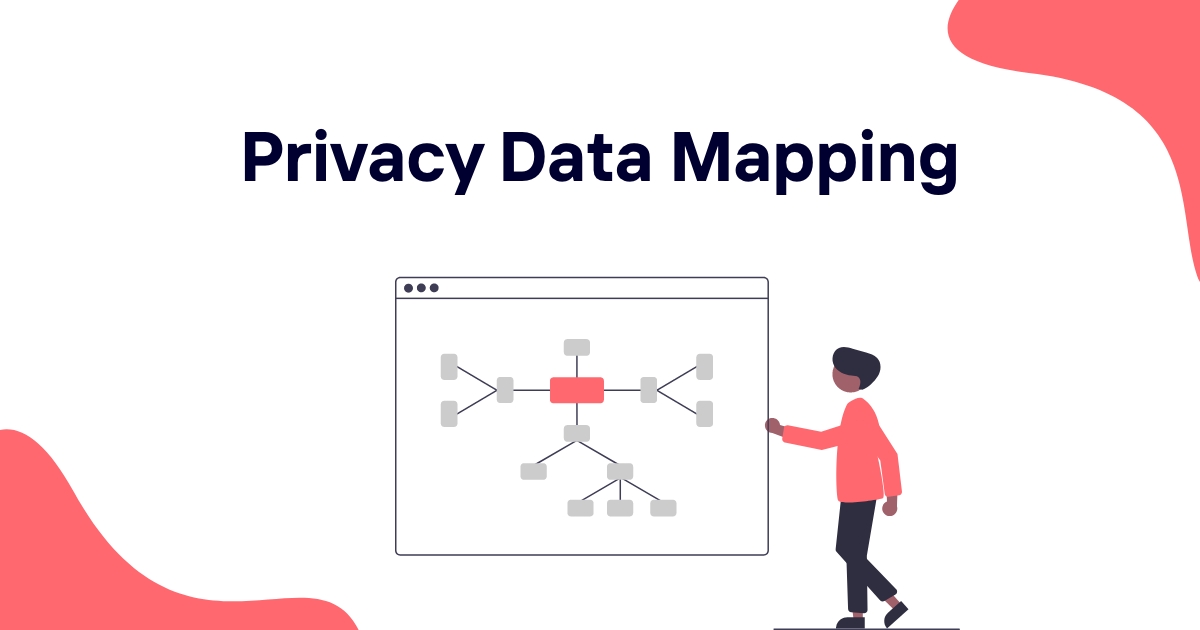GDPR penalties can reach €20 million or 4% of global annual turnover, but understanding how authorities actually calculate fines helps organizations assess their real exposure and plan effective mitigation strategies.
Most organizations focus on maximum penalty amounts without understanding the complex calculation methodology that determines actual fines. Supervisory authorities consider numerous factors that can dramatically increase or decrease penalties from theoretical maximums.
This guide explains exactly how GDPR penalties are calculated, provides real-world examples from enforcement actions, and shows how to minimize penalty exposure through strategic compliance improvements.
GDPR Penalty Framework Overview
Legal Foundation Under Article 83
Article 83 establishes administrative fine frameworks with maximum amounts of €10 million or 2% of worldwide turnover for certain violations, and €20 million or 4% for others.
The higher penalty tier applies to violations of data processing principles, legal basis requirements, individual rights, and cross-border transfer restrictions.
Lower penalty amounts apply to violations of technical requirements, notification obligations, and certain organizational measures that don't directly affect data subject rights.
Penalty calculation must consider specific circumstances of each case rather than simply applying maximum amounts regardless of violation characteristics.
Supervisory Authority Discretion
Regulatory authorities have substantial discretion in penalty calculation within statutory maximum amounts, considering proportionality and deterrent effect.
Enforcement priorities vary between different supervisory authorities, with some focusing on transparency violations while others emphasize security breaches.
Penalty calculation methodology continues evolving as authorities gain experience and develop more sophisticated approaches to fine assessment.
Consistency efforts through European Data Protection Board guidance aim to harmonize penalty calculation across different member states.
Penalty vs Other Enforcement Actions
Administrative fines represent one enforcement tool among several options including warnings, reprimands, processing bans, and corrective orders.
Supervisory authorities often combine fines with other measures such as compliance audits, monitoring requirements, or specific corrective actions.
Non-monetary sanctions can sometimes be more disruptive to business operations than financial penalties, requiring comprehensive risk assessment.
Settlement negotiations may enable reduced penalties in exchange for specific compliance commitments or corrective measures.
Calculation Methodology Framework
Penalty calculation follows systematic methodology considering violation severity, organizational characteristics, and mitigating or aggravating circumstances.
Starting point determination establishes baseline penalty amounts based on violation type and organizational size before applying adjustment factors.
Adjustment factor application modifies baseline amounts based on specific circumstances including cooperation, harm prevention, and compliance history.
Final penalty determination ensures proportionality and appropriateness considering overall case circumstances and enforcement objectives.
Administrative Fine Calculation Factors
Violation Severity Assessment
Violation classification determines whether maximum penalties of €10 million/2% or €20 million/4% apply based on specific GDPR provisions violated.
Scope and scale evaluation considers how many data subjects were affected and what types of personal data were involved in violations.
Duration assessment examines how long violations continued and whether organizations took prompt corrective action upon discovery.
Intentionality analysis considers whether violations resulted from deliberate actions, negligence, or inadvertent compliance failures.
Harm to Data Subjects
Individual impact assessment evaluates actual or potential harm to data subjects including identity theft risk, financial loss, and emotional distress.
Vulnerability considerations examine whether violations affected children, elderly individuals, or other populations requiring enhanced protection.
Remediation effectiveness analysis considers what measures organizations took to address individual harm and prevent future occurrences.
Rights interference evaluation examines how violations affected data subject ability to exercise privacy rights or control personal data.
Organizational Responsibility Factors
Management involvement assessment considers whether senior leadership knew about or contributed to compliance violations.
Systemic failure analysis examines whether violations resulted from isolated incidents or broader compliance program deficiencies.
Resource adequacy evaluation considers whether organizations allocated sufficient resources to privacy compliance given their size and processing activities.
Training and awareness assessment examines staff education and compliance culture that might have prevented violations.
Technical and Organizational Measures
Security adequacy evaluation considers whether organizations implemented appropriate technical safeguards for personal data protection.
Policy effectiveness assessment examines organizational procedures and their implementation in actual business operations.
Monitoring and oversight analysis considers compliance verification systems and their effectiveness in preventing or detecting violations.
Incident response evaluation examines how organizations handled privacy incidents and whether response measures were adequate and timely.
Turnover-Based Fine Calculation
Worldwide Turnover Definition
Turnover calculation includes total worldwide revenue from all business activities, not just European operations or data processing activities.
Consolidated group turnover applies to corporate groups, meaning penalties can be based on parent company revenue even when subsidiaries committed violations.
Previous financial year data typically provides the basis for turnover calculation, using audited financial statements when available.
Currency conversion uses exchange rates applicable at the time of violation for non-Euro revenue calculations.
Percentage Application Methods
Gross turnover percentage application multiplies total worldwide revenue by penalty percentages without deducting costs or expenses.
Business segment analysis might consider only relevant business line revenue when violations are limited to specific organizational activities.
Time period adjustments might pro-rate turnover calculations when violations occurred for less than full financial years.
Revenue recognition principles ensure turnover calculations use appropriate accounting standards and don't inflate or deflate penalty bases.
Maximum Amount Determination
Dual maximum framework requires choosing higher amount between fixed euro amounts and turnover percentages for penalty calculation.
Small organization implications mean turnover-based penalties might be lower than fixed euro amounts for organizations with limited revenue.
Large organization exposure means turnover percentages often exceed fixed euro amounts, creating substantial penalty potential for major corporations.
Calculation examples demonstrate how dual maximums affect penalty exposure for organizations of different sizes and revenue levels.
Multi-Violation Scenarios
Concurrent violation handling addresses situations where organizations violate multiple GDPR provisions simultaneously.
Penalty aggregation rules determine whether multiple violations result in combined penalties or separate fine calculations.
Maximum amount application ensures total penalties don't exceed highest applicable maximum even when multiple violations occur.
Proportionality consideration prevents penalty accumulation from creating disproportionate enforcement effects.
Mitigating and Aggravating Factors
Cooperation with Authorities
Voluntary disclosure of violations before regulatory discovery can significantly reduce penalty amounts through cooperation credit.
Investigation assistance including prompt information provision and access facilitation demonstrates good faith compliance efforts.
Corrective action implementation before or during investigation shows commitment to addressing violations and preventing recurrence.
Transparency and honesty throughout enforcement proceedings build regulatory trust and often result in penalty reductions.
Previous Compliance History
Clean compliance record with no prior violations typically results in reduced penalties for first-time offenders.
Repeat violation patterns indicate systemic compliance failures and often lead to enhanced penalties.
Related violation history in same or similar compliance areas suggests ongoing compliance deficiencies requiring stronger deterrent measures.
Improvement trajectory demonstration through compliance investments and program enhancements can support penalty reduction arguments.
Harm Prevention and Mitigation
Immediate containment measures that limit violation scope and prevent additional harm support penalty reduction requests.
Victim notification and assistance programs demonstrate concern for data subject welfare and often influence penalty calculations favorably.
Remediation thoroughness including root cause analysis and systemic improvements shows commitment to preventing future violations.
Compliance program enhancement following violations demonstrates learning and improvement that regulators often reward with reduced penalties.
Financial Situation Considerations
Economic impact assessment ensures penalties don't threaten organizational viability or create disproportionate hardship.
Small and medium enterprise considerations often result in reduced penalties compared to large corporations for similar violations.
Non-profit organization status might influence penalty calculation when violations don't involve commercial gain or profit motives.
Financial distress documentation can support penalty reduction requests when organizations face genuine economic hardship.
Penalty Assessment Case Studies
High-Profile Enforcement Actions
Meta's €1.2 billion fine for Facebook data transfers demonstrates how transfer violation penalties are calculated considering global operations scale.
Amazon's €746 million penalty for advertising consent violations shows how behavioral advertising violations receive substantial financial penalties.
Google's multiple penalties ranging from €50-90 million illustrate how different violation types result in varying penalty amounts.
Telecommunications sector penalties demonstrate industry-specific considerations in penalty calculation including customer base size and data sensitivity.
Small and Medium Organization Cases
Local business penalties typically range from €10,000-€500,000 depending on violation severity and organizational characteristics.
Professional service firm violations often result in moderate penalties reflecting limited data processing scope and client base size.
E-commerce platform penalties vary widely based on customer numbers, transaction volumes, and violation types.
Healthcare provider penalties often exceed other sectors due to special category data sensitivity and vulnerable population protection needs.
Sector-Specific Patterns
Financial services penalties often reflect systemic compliance failures and enhanced regulatory expectations for regulated industries.
Technology company penalties frequently involve data processing scale and innovation that outpaces compliance program development.
Healthcare sector violations typically receive enhanced penalties due to special category data sensitivity and patient vulnerability.
Public sector penalties are relatively rare but often focus on transparency and accountability rather than financial deterrence.
Penalty Reduction Examples
Cooperation credit examples show 20-50% penalty reductions for organizations providing substantial assistance during investigations.
Early compliance program implementation can result in 10-30% penalty reductions when demonstrated before violation discovery.
Victim assistance programs including identity monitoring and financial reimbursement often support penalty reduction arguments.
Systemic improvement documentation including policy updates and staff training demonstrates commitment that often influences penalty calculation favorably.
Fine Reduction Strategies
Proactive Compliance Demonstration
Comprehensive privacy program implementation before violations are discovered demonstrates good faith compliance efforts.
Regular compliance auditing and improvement documentation shows ongoing attention to privacy protection.
Staff training and awareness programs demonstrate organizational commitment to compliance culture and violation prevention.
Incident response capability development shows preparation for privacy protection and regulatory cooperation.
Cooperation Enhancement
Prompt violation disclosure when discovered internally demonstrates transparency and regulatory cooperation.
Investigation assistance including document production and staff interviews facilitates regulatory assessment and often reduces penalties.
Corrective action implementation during investigation shows commitment to addressing violations promptly and thoroughly.
Compliance consultant engagement demonstrates resource commitment to achieving and maintaining regulatory compliance.
Harm Minimization Efforts
Data subject notification programs that exceed legal requirements demonstrate concern for individual welfare.
Remediation services including identity monitoring and financial assistance show commitment to addressing violation consequences.
System improvement implementation that prevents similar violations demonstrates learning and improvement commitment.
Transparency reporting about violations and improvements builds stakeholder trust and often influences regulatory assessment favorably.
Legal and Procedural Strategies
Settlement negotiation can result in reduced penalties in exchange for specific compliance commitments or corrective measures.
Penalty calculation challenges might reduce fines when calculation methodology contains errors or misapplies regulatory guidance.
Proportionality arguments can support penalty reduction when fines would create disproportionate business impact.
Precedent analysis comparing similar cases can support arguments for penalty reductions based on comparable enforcement actions.
Appeal and Challenge Procedures
Administrative Appeal Process
Internal review procedures enable supervisory authorities to reconsider penalty decisions based on new information or legal arguments.
Administrative appeal timeline requirements specify deadlines for challenging penalty decisions through regulatory procedures.
Evidence submission standards determine what information organizations can provide during administrative appeal processes.
Appeal outcome possibilities include penalty confirmation, reduction, modification, or complete reversal depending on case circumstances.
Judicial Review Options
Court challenge procedures enable judicial review of administrative penalty decisions through national court systems.
Legal standard applications vary between member states but generally focus on procedural correctness and proportionality assessment.
Evidence rules in judicial proceedings might differ from administrative processes and could enable additional defense arguments.
Appeal suspension effects vary between jurisdictions regarding whether judicial challenges automatically suspend penalty payment obligations.
Procedural Challenge Grounds
Calculation methodology errors including incorrect turnover calculations or factor misapplication can support successful penalty challenges.
Procedural violation arguments focus on investigation conduct and whether proper procedures were followed throughout enforcement proceedings.
Proportionality challenges argue that penalties are excessive considering violation characteristics and organizational circumstances.
Legal interpretation disputes might challenge regulatory understanding of GDPR requirements or their application to specific circumstances.
Strategic Considerations
Cost-benefit analysis should consider appeal costs, success likelihood, and potential additional penalties for unsuccessful challenges.
Reputation impact assessment examines whether appeal proceedings might create additional negative publicity or stakeholder concern.
Business continuity planning ensures operations continue effectively during appeal proceedings regardless of outcome.
Settlement opportunity evaluation considers whether negotiated resolution might be preferable to appeal proceedings.
Penalty Prevention Measures
Compliance Program Enhancement
Privacy impact assessment implementation helps identify and address risks before they become violations requiring penalty assessment.
Regular compliance auditing enables early detection and correction of potential violations before regulatory discovery.
Staff training programs ensure personnel understand GDPR requirements and implement privacy protection consistently.
Management oversight systems provide accountability and ensure privacy compliance receives appropriate organizational attention.
Risk Assessment and Monitoring
Regular risk assessment identifies areas where compliance improvements are needed to prevent potential violations.
Monitoring systems enable early detection of compliance issues and prompt corrective action before violations occur.
Vendor management programs ensure subprocessor compliance throughout complex processing chains.
Incident response preparation enables effective handling of privacy incidents that could otherwise escalate into regulatory violations.
Legal and Technical Safeguards
Legal basis assessment ensures all processing activities have appropriate legal foundations and avoid consent or legitimate interest violations.
Technical security measures including encryption and access controls prevent security incidents that often trigger penalty proceedings.
Documentation maintenance enables compliance demonstration and often reduces penalty exposure when violations occur.
Regulatory relationship management through proactive communication often facilitates better outcomes when compliance issues arise.
Continuous Improvement Culture
Learning organization development ensures privacy compliance improves over time rather than remaining static.
Industry best practice adoption keeps compliance programs current with evolving regulatory expectations and technological developments.
Stakeholder engagement including customer and employee input helps identify privacy concerns before they become compliance violations.
Innovation with privacy protection ensures new business activities include appropriate privacy safeguards from the beginning.
GDPR penalty calculation involves complex methodology that considers numerous factors beyond simple violation identification. Organizations that understand penalty calculation can better assess their exposure and implement effective risk reduction strategies.
Effective penalty prevention requires ongoing attention to compliance program development and continuous improvement based on regulatory guidance and enforcement trends.
Ready to assess your penalty exposure and implement prevention measures? Use ComplyDog and access risk assessment tools, compliance monitoring, and penalty reduction strategies that support effective GDPR compliance and regulatory relationship management.
